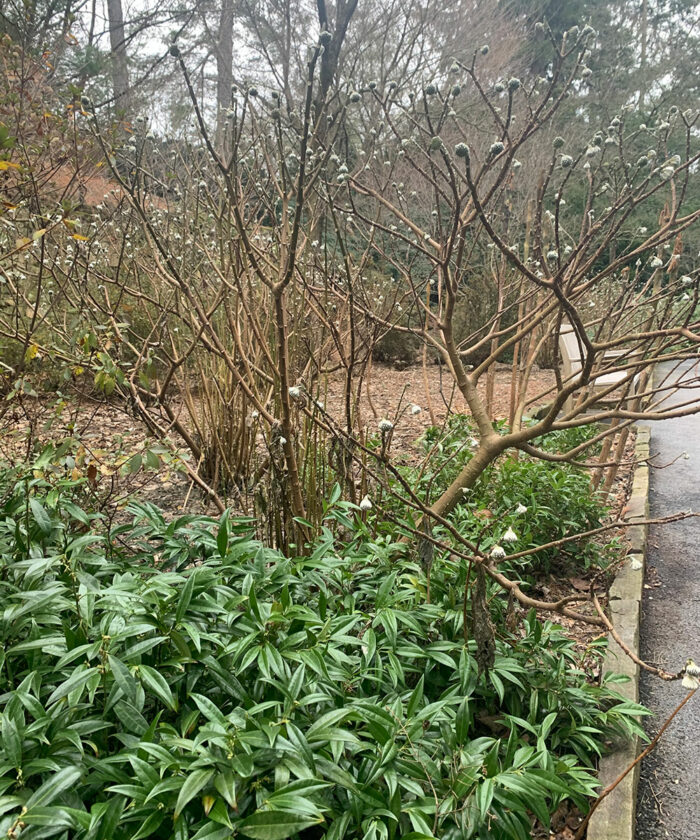
Mid-Atlantic gardeners don’t need to have empty gardens in winter. With some thoughtful designing and the right plants, you can obtain a garden full of structure and winter interest that anyone will want to gaze at through the window on the coldest of days. Combining texture and form creates the best structure in winter gardens. The following are some great structural plants that can be used in combination with others to form a solid winter composition in any garden.
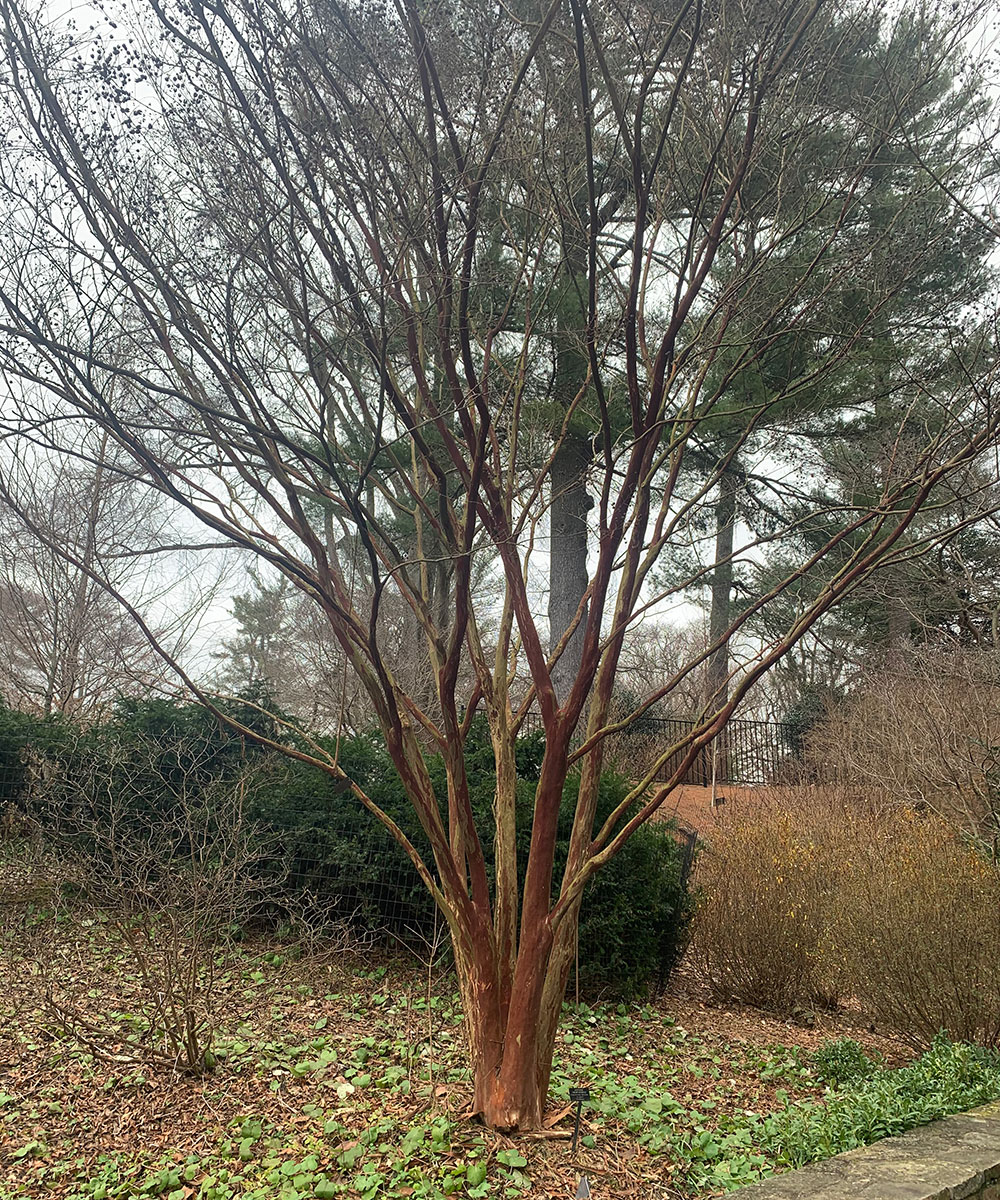
‘Townhouse’ Japanese crape myrtle
Lagerstroemia subcostata var. fauriei ‘Townhouse’, Zones 6–10
This crape myrtle has great characteristics for year-round interest. It has beautifully upright trunks and branches and cinnamon-colored bark that looks striking in wintertime. And yet one can’t forget its fragrant white flowers in late summer to early fall and its yellow autumn foliage. ‘Townhouse’ does best in full sun. Unlike common crape myrtle (L. indica, Zones 6–9), which can reach up to 25 feet, ‘Townhouse’ will stay at around 15 feet tall.
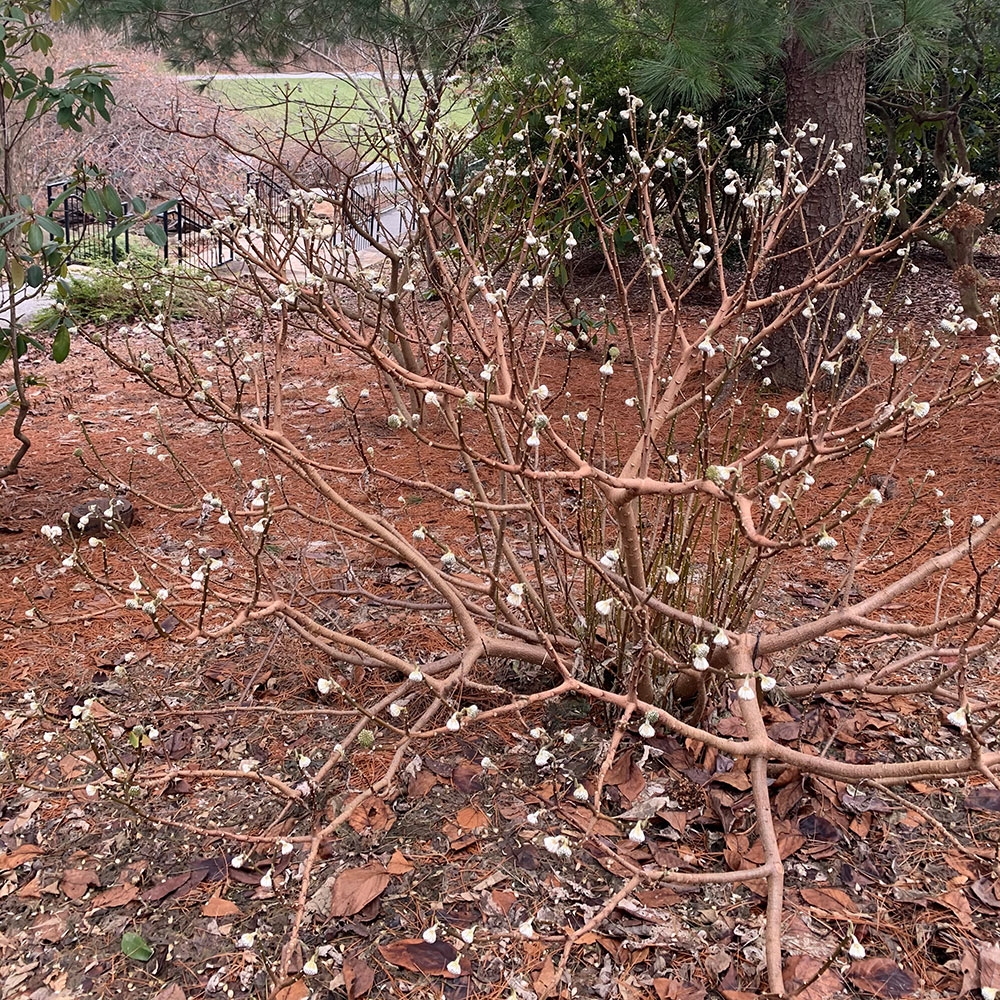
Paperbush
Edgeworthia chrysantha, Zones 7–10
This plant may be hardier in the southern areas of the Mid-Atlantic. With an umbrella-like shape, paperbush’s branches start to bloom in January and February and can last as late as April. The showy, silvery flowers have a wonderful fragrance. The shrub’s sturdy form maintains a strong presence in the garden throughout the barren winter months. It looks great with an evergreen underplanted around it. It will fare better planted in a protected space or nestled next to a wall or hill. Native to the Himalayan forests, it does best in rich soil with protection from the afternoon sun. Be sure to remove suckers from the base of the plant to maintain a more open form.
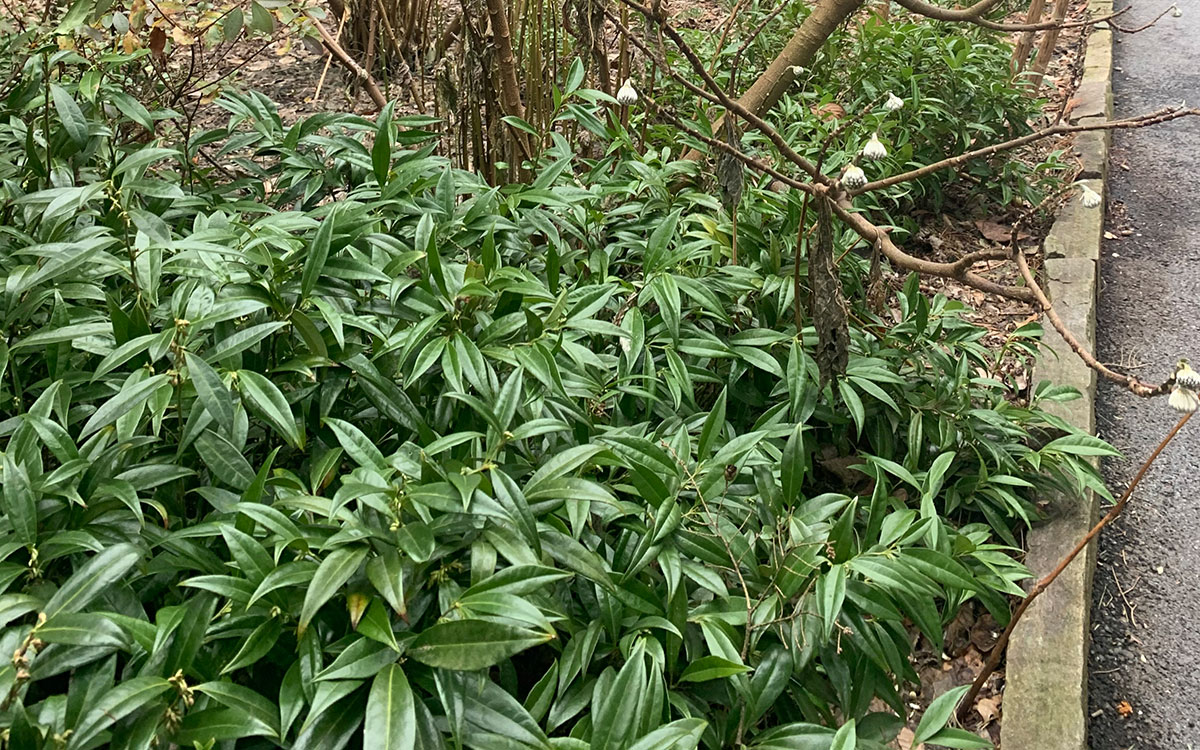
Dwarf sweet box
Sarcococca hookeriana var. humilis, Zones 6–8
Sweet box may strike some as old-fashioned, but for good reasons. Although delicate looking, it is a tough, versatile plant with multiseason interest. This shrub has a long list of positive attributes: It’s evergreen, drought resistant, deer resistant, and has fragrant winter flowers. Dwarf sweet box provides great contrasting texture when planted with a shrub such as paperbush, and it performs wonderfully in the Mid-Atlantic region.
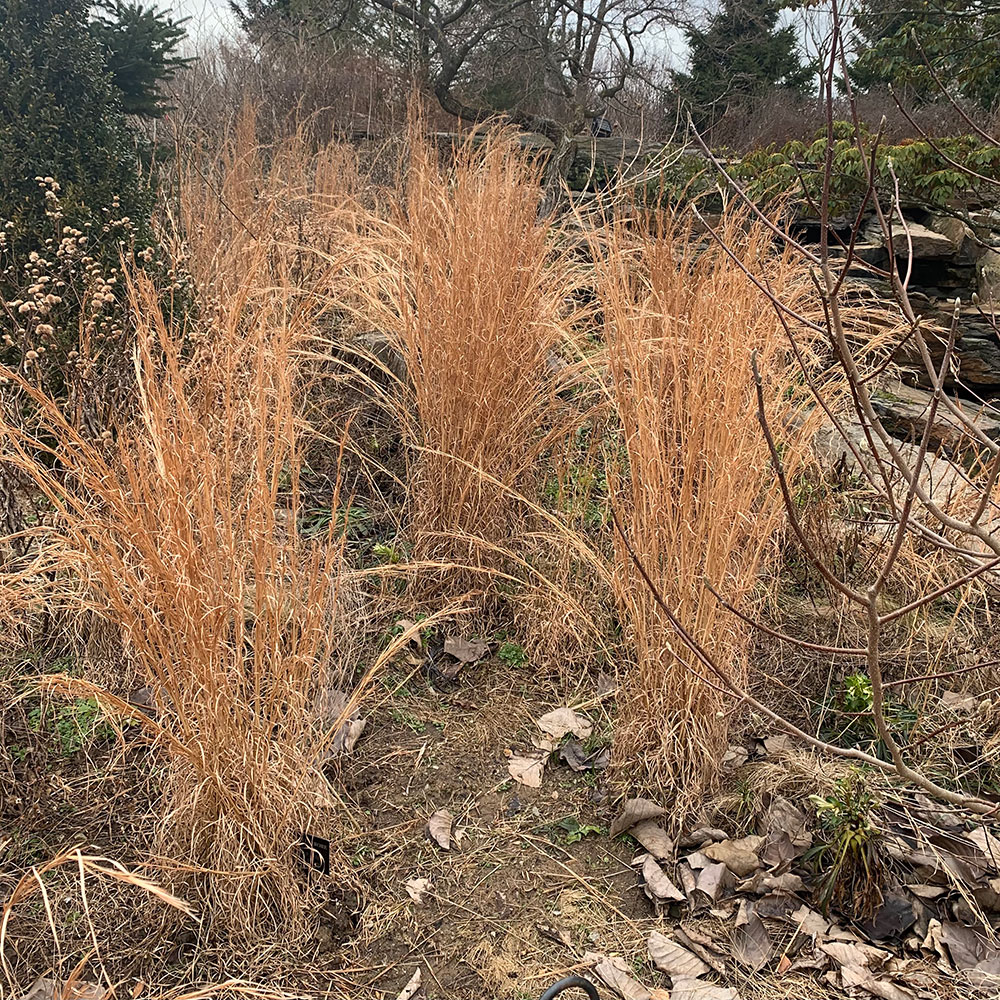
‘Karl Foerster’ feather reed grass
Calamagrostis × acutiflora ‘Karl Foerster’, Zones 4–9
This grass should be a staple in every Mid-Atlantic garden. The form and structure that ‘Karl Foerster’ provides can be impactful if the grass is planted en masse or used in accents in the back of the border. Tall and slender at 6 feet tall and 2 feet wide, it can be tucked anywhere easily. Also, you cannot beat this plant’s versatility, as it can handle moist to dry conditions as well as sun to partial shade. As a bonus, it can be hardy to Zone 4, so maybe try it in a winter container.
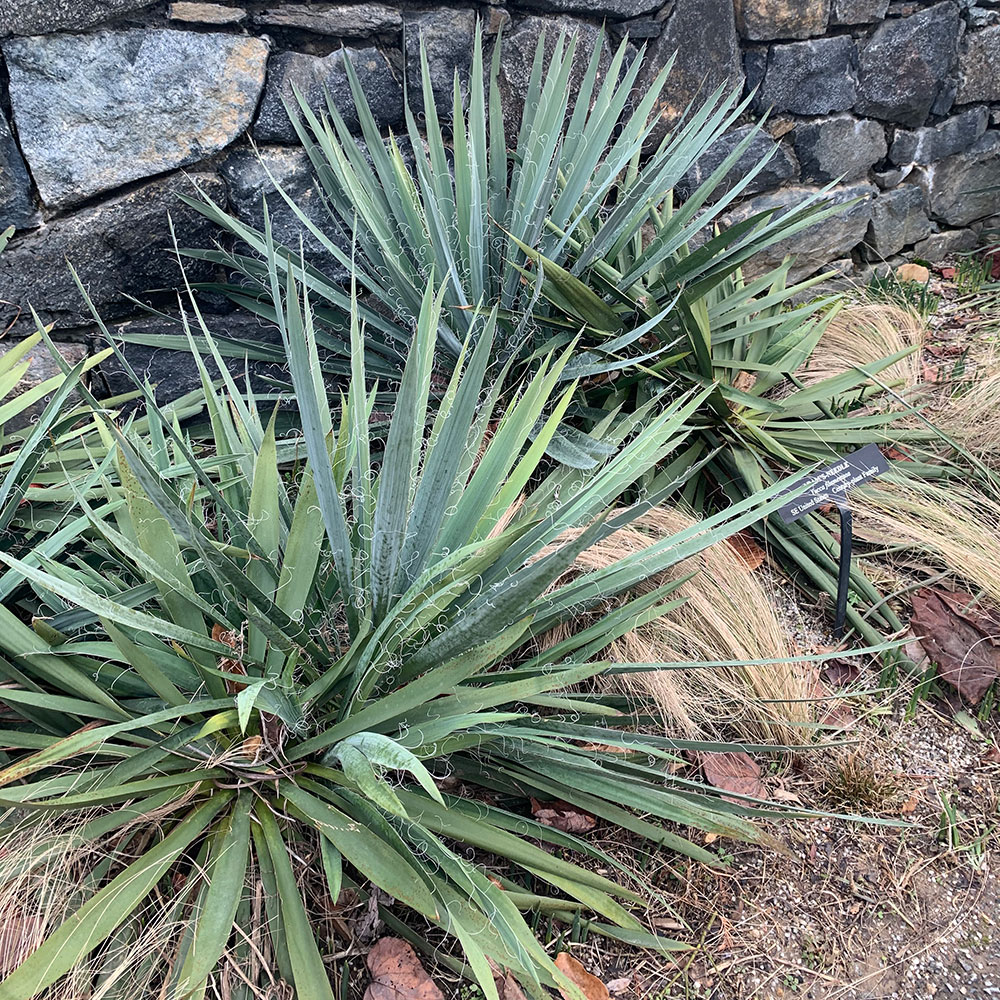
Adam’s needle
Yucca filamentosa, Zones 5–10
Who could forget this southern native for the winter garden? Adam’s needle can fit nicely into our Mid-Atlantic gardens, creating a structural element with its unique swordlike leaves. Although native to sandy areas of South Carolina to Florida, it will tolerate most soils but does best in dry, rocky ones. This shrub—yes, many yuccas that look like perennials are technically shrubs—is resistant to drought, deer, soil erosion, and air pollution. Its spiky teal greenness is eye-catching, especially in the wintertime. It’s a wonderful structural addition to winter gardens.
For more great recommendations to add winter interest to your garden, check out the articles below.
- Late-Winter Interest for the Mid-Atlantic
- Exciting Evergreens for the Mid-Atlantic
- Plants with Great Bones Provide Winter Interest in the Mid-Atlantic
- Conifers for Gardens in the Mid-Atlantic
—Michele Christiano has worked in public gardens for most of her career. She currently works as an estate gardener maintaining a private Piet Oudolf garden.
Fine Gardening Recommended Products
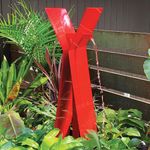
X3 Stainless Steel Midi-Mod Fountain
Fine Gardening receives a commission for items purchased through links on this site, including Amazon Associates and other affiliate advertising programs.
-9.5" w by 9.5" d
-Powdercoat over stainless steal

ARS Telescoping Long Reach Pruner
Fine Gardening receives a commission for items purchased through links on this site, including Amazon Associates and other affiliate advertising programs.

Black and Decker 22-inch Cordless Hedge Trimmer
Fine Gardening receives a commission for items purchased through links on this site, including Amazon Associates and other affiliate advertising programs.
- 38 x 7 x 7 inches
- 6.9 pounds
- 1 Lithium Ion battery required (included)




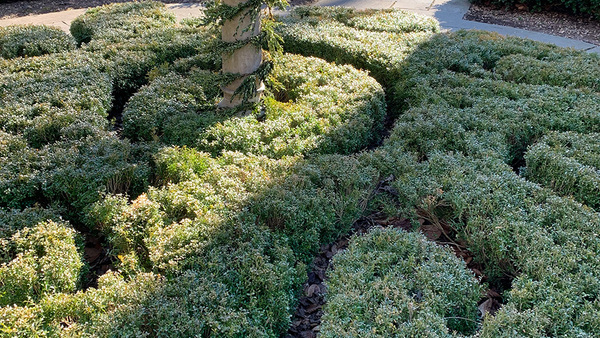














Comments
Log in or create an account to post a comment.
Sign up Log in